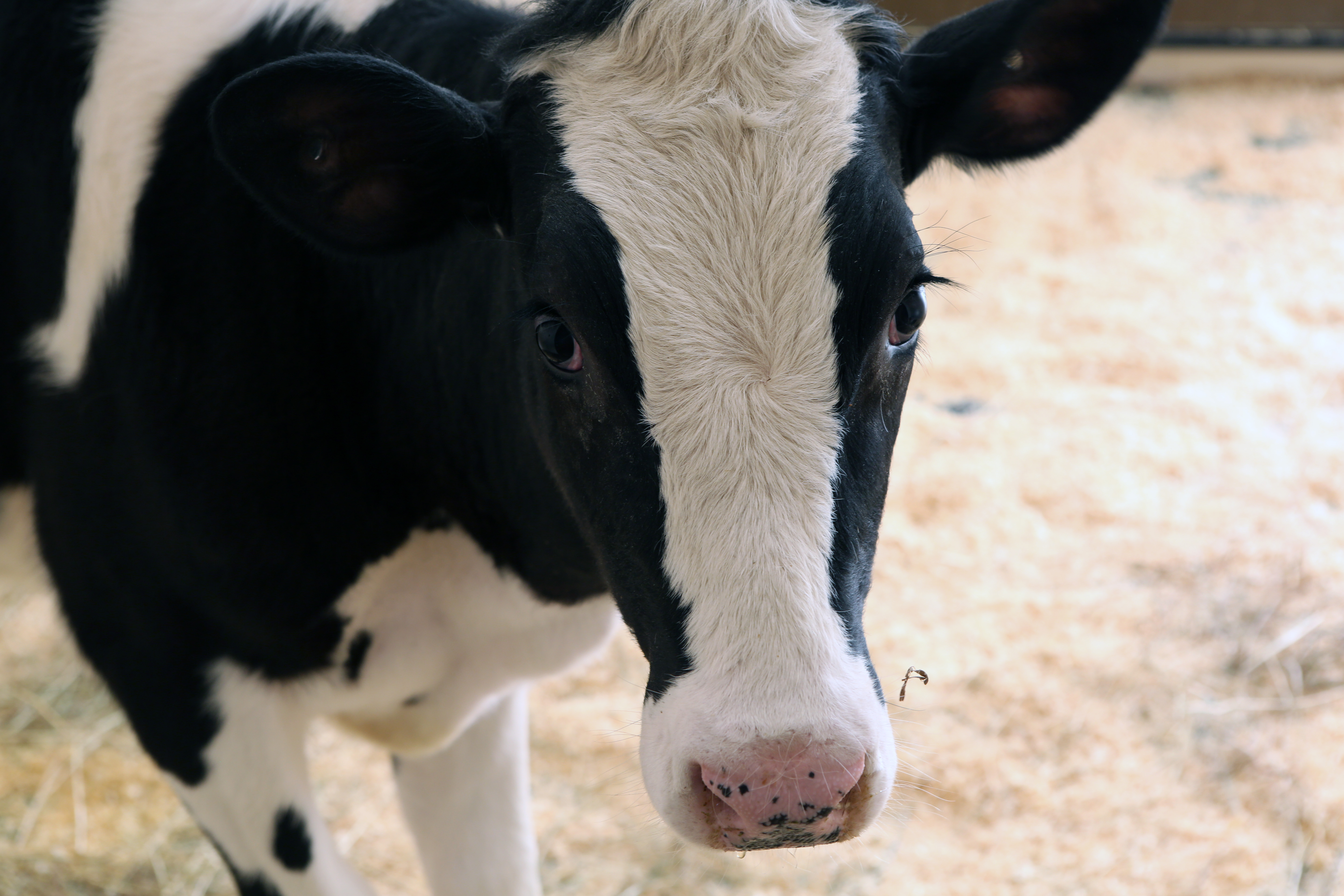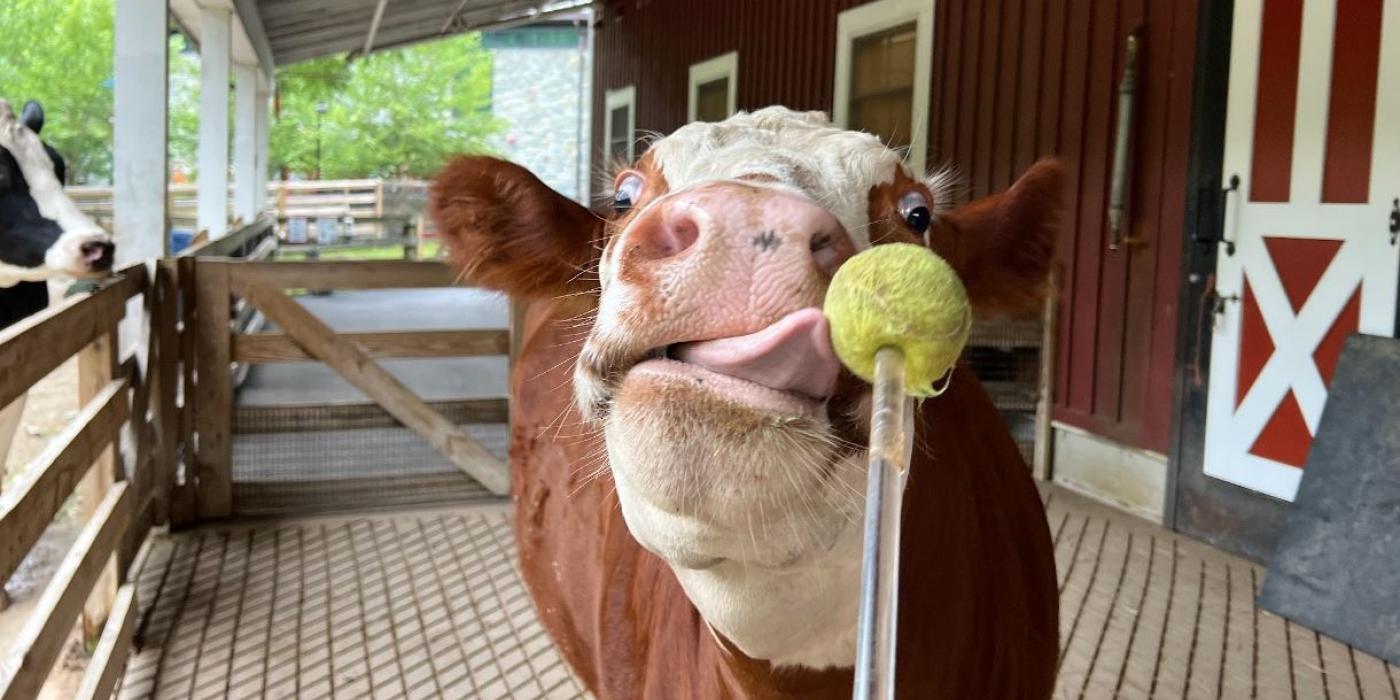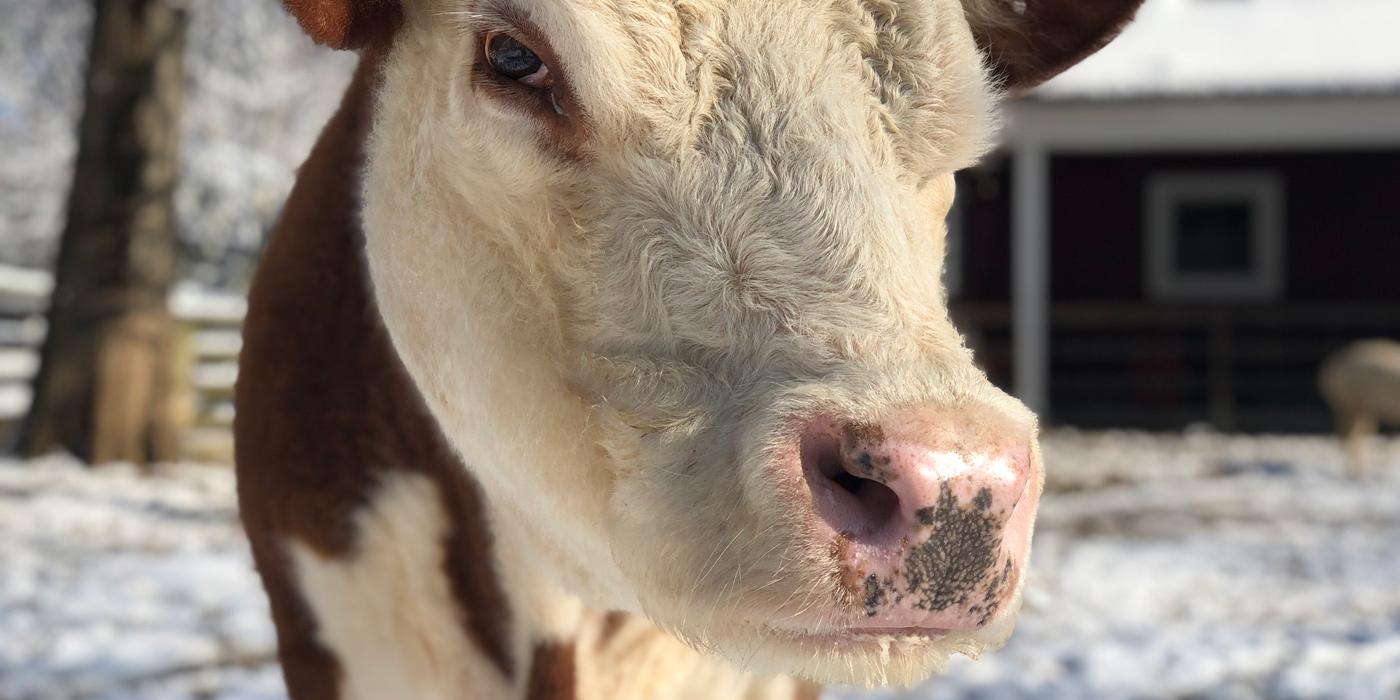Smithsonian’s National Zoo Asks Public To Name Female Holstein Calf
The Smithsonian’s National Zoo and Conservation Biology Institute is inviting the public to name the newest member of the Kids’ Farm herd—an 8-month-old female Holstein calf. Starting today, May 11, fans can vote on the Zoo’s website for their favorite among three floral names: Magnolia, Hyacinth and Daisy. Voting will close Sunday, May 13. The winning name will be announced on the Zoo’s Facebook, Instagram and Twitter social media accounts Monday, May 14, when the calf makes her public debut.
Born Sept. 16, 2017, the Holstein calf was donated to the Zoo by South Mountain Creamery in Middletown, Maryland. Upon her arrival Feb. 20, she was quarantined at the veterinary hospital per standard procedure. Next week, she will join Rose, a 15-year-old female Hereford heifer, in the barnyard, along with male alpacas Orion and Cirrus.
“This is the first time in more than a decade that we’ve had a Holstein calf at the Kids’ Farm, and we’re looking forward to watching her grow, play and explore her new surroundings,” said Craig Saffoe, curator of Kids’ Farm. “Visitors love this exhibit because they can interact with the animals and connect with them on a personal level. By observing the animals and seeing how our team cares for them, we hope that this connection instills a deeper appreciation of all the Zoo’s animals and a desire to conserve them.”
Recognizable because of their distinctive black-and-white or red-and-white markings, Holsteins are a breed of dairy cattle. The origin of Holstein cattle can be traced back more than 2,000 years to the north region of Friesland in Holland. It is believed that migrating herds of black cattle and herds of white cattle intermixed, and the breed was born. Although cattle are referred to as cows colloquially, the term “cow” specifically describes an adult female who has birthed a calf.
The Kids’ Farm is home to various farm animals, including cattle, donkeys, goats, alpacas, hogs, chickens, koi fish and catfish. Designed for children ages 3 to 8, the exhibit provides many urban and suburban children an interactive learning experience with animals while teaching them where food comes from. Zoo visitors of all ages can view and pet animals at the Kids’ Farm. Keeper chats and animal demonstrations take place at the Kids’ Farm every day at 11 a.m. and 1:30 p.m., weather permitting.
# # #
Photo credit: Amy Enchelmeyer, Smithsonian’s National ZooRelated Species:




